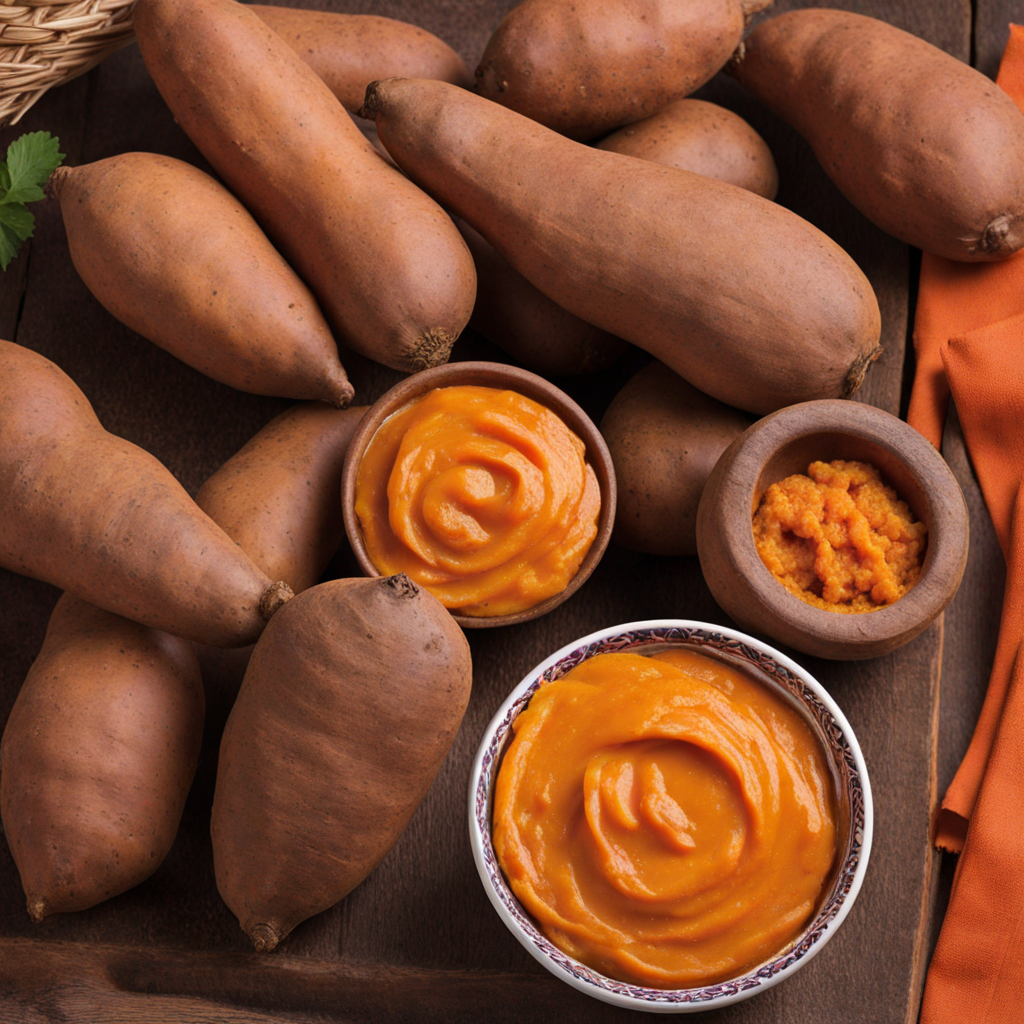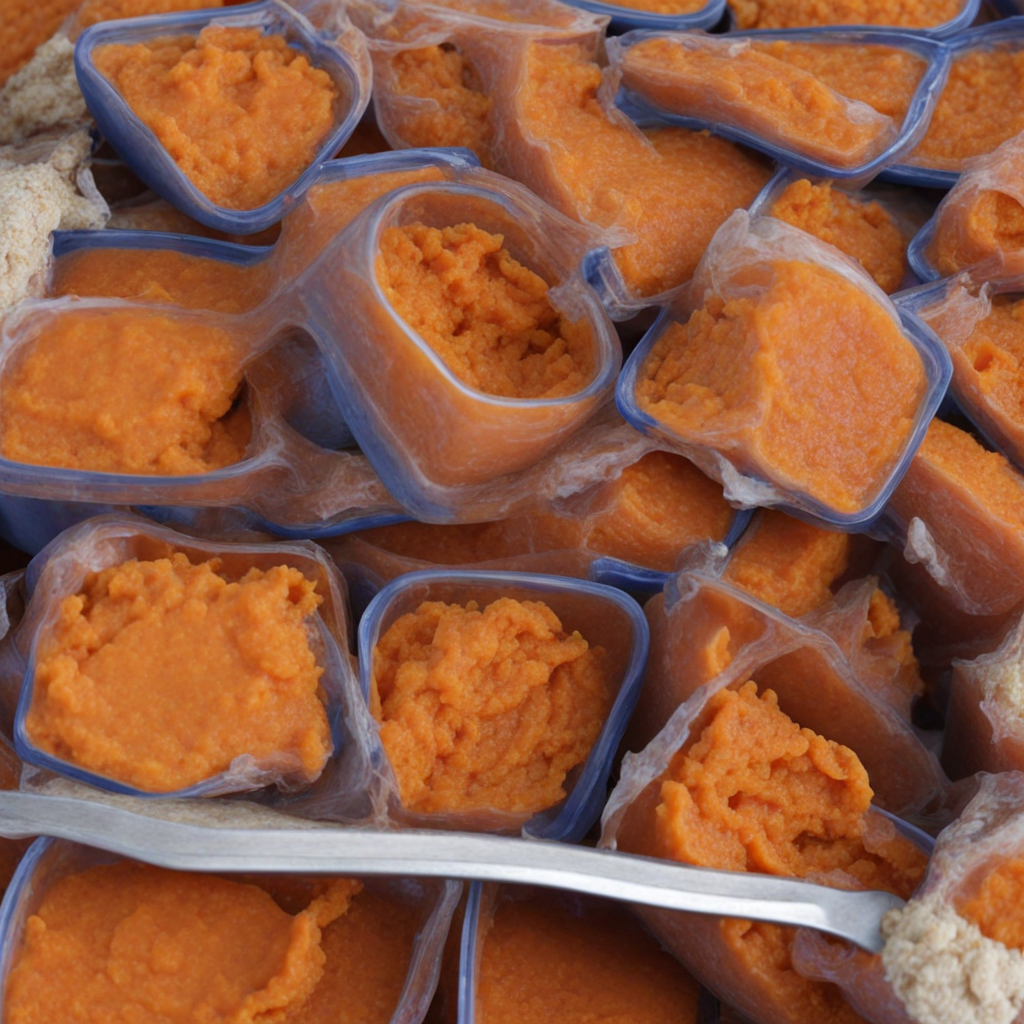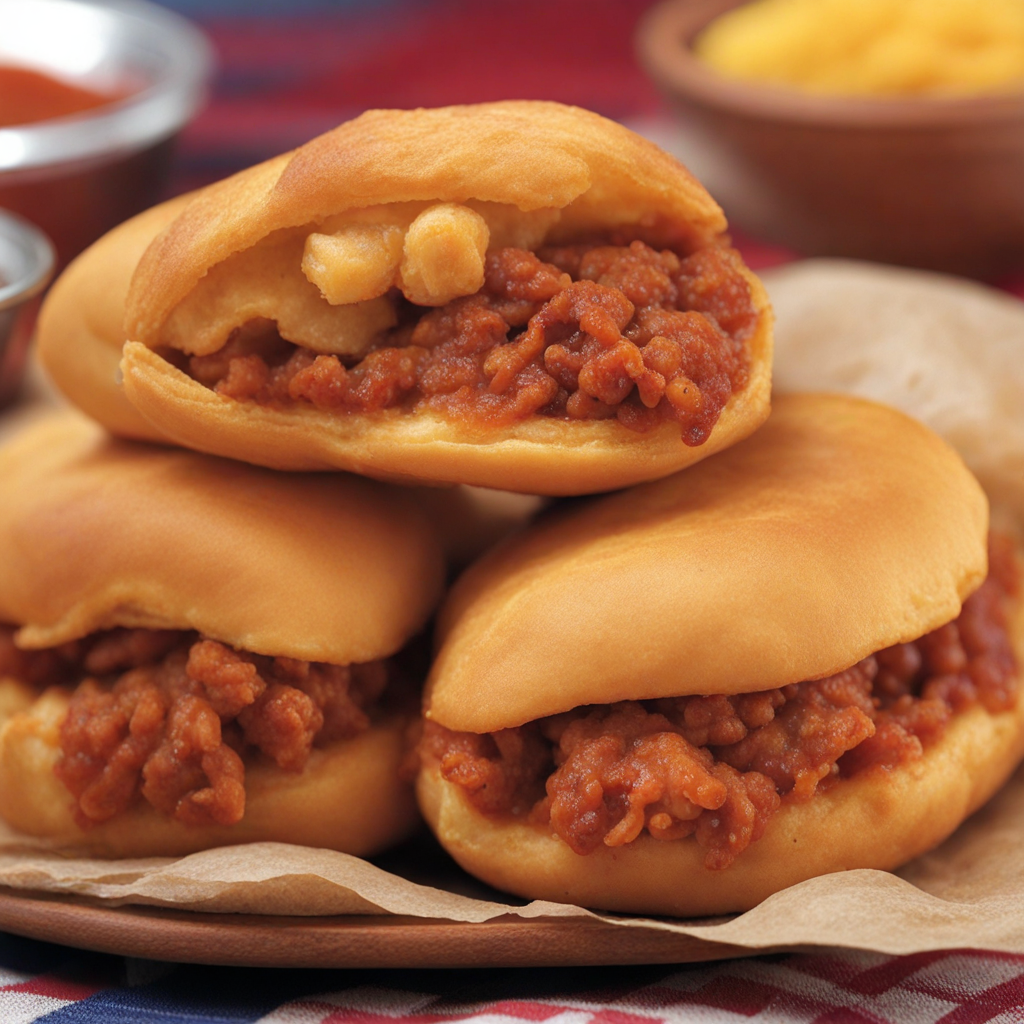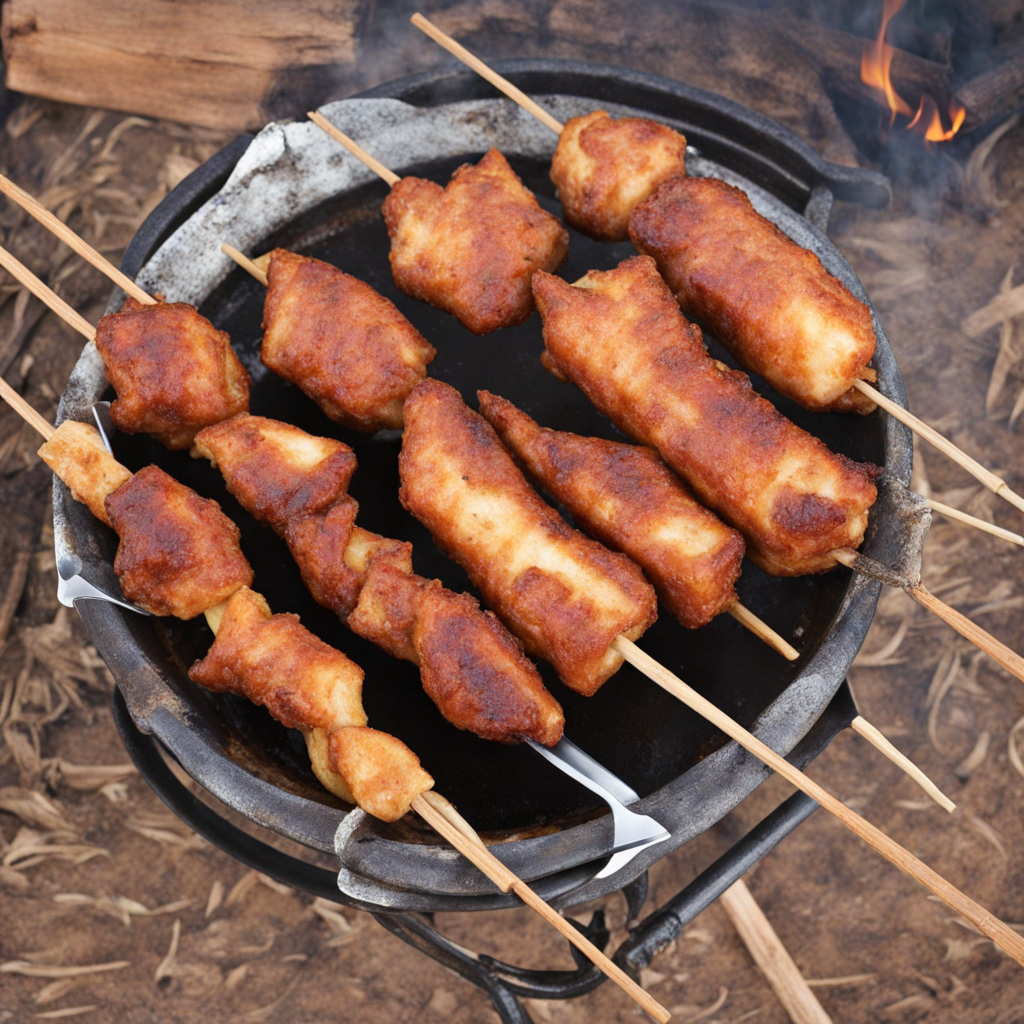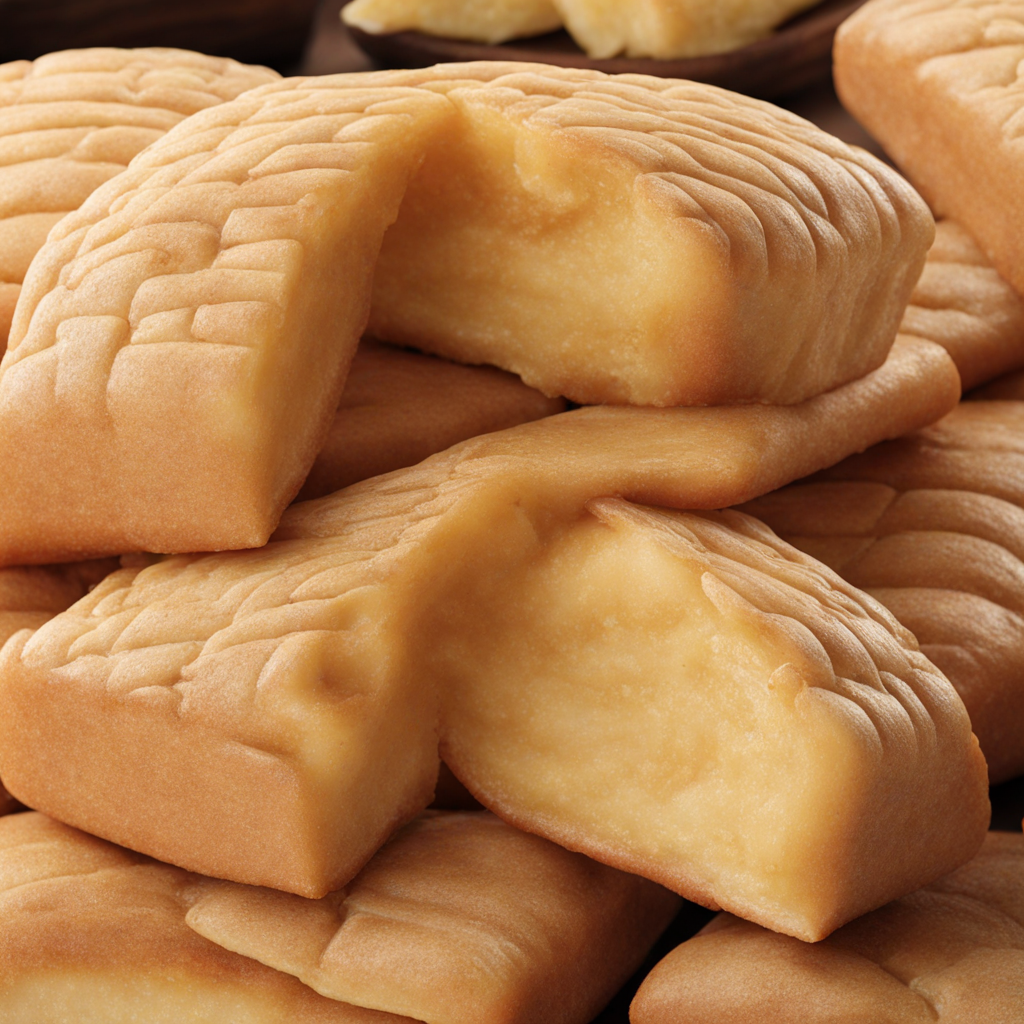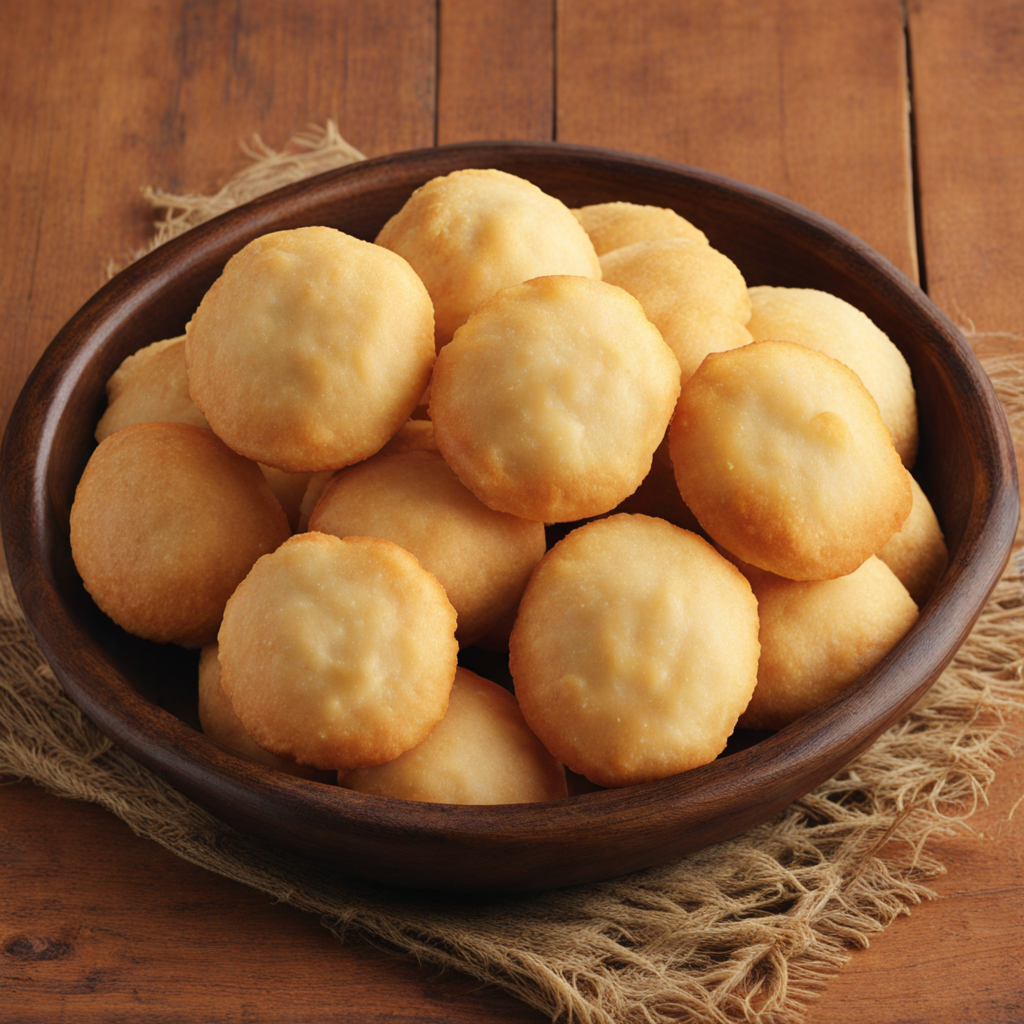Dulce de Batata
Dulce de Batata is a delightful Paraguayan treat that showcases the natural sweetness of sweet potatoes, or batatas. This traditional dessert is made by simmering grated sweet potatoes with sugar, cinnamon, and sometimes a hint of vanilla. The result is a thick, luscious paste that is both sweet and aromatic, with a beautiful golden-orange hue that is as inviting as it is comforting. Each bite offers a burst of flavor that is rich yet subtle, allowing the earthy notes of the sweet potato to shine through while the sugar and spices enhance its natural sweetness. The preparation of Dulce de Batata is a labor of love, often involving the careful cooking of the ingredients to achieve just the right consistency. Once cooked, it is typically poured into a mold and allowed to cool, setting into a firm yet smooth texture. This dessert can be enjoyed on its own or paired with cheese, creating a delightful contrast of flavors that is both sweet and savory. The combination of the creamy cheese with the sweet, spiced batata creates a unique taste experience that is beloved by locals and visitors alike. In Paraguay, Dulce de Batata is often enjoyed during festive occasions and family gatherings, making it a symbol of togetherness and tradition. It is a dish that embodies the rich culinary heritage of the region, celebrating the simplicity and abundance of local ingredients. Whether served as a dessert or a sweet snack, Dulce de Batata offers a warm, nostalgic taste of Paraguay that invites food lovers to discover and appreciate its unique flavors.
How It Became This Dish
Dulce de Batata: A Sweet Legacy from Paraguay Introduction Dulce de batata, a beloved Paraguayan dessert, is a sweet potato confection that has transcended its humble origins to become a symbol of national identity and cultural heritage. Its combination of simple ingredients and rich flavors highlights the ingenuity of Paraguayan cuisine, which is deeply rooted in the country’s indigenous and colonial histories. This exploration of dulce de batata offers insights into its origins, cultural significance, and evolution over time, illustrating how food can encapsulate a nation's story. Origins and Ingredients Dulce de batata is primarily made from sweet potatoes (batata), sugar, and sometimes flavored with cinnamon or lemon zest. The sweet potato itself is a vital crop in Paraguay, brought over from the Americas and cultivated for thousands of years. Evidence of sweet potato cultivation dates back to pre-Columbian times, deeply intertwined with the diets of indigenous peoples. The origins of dulce de batata can be traced back to the Guarani, the indigenous group that has inhabited parts of Paraguay, Brazil, and Argentina for centuries. They utilized local ingredients to create dishes that were nourishing and flavorful, forming the foundation of Paraguayan culinary traditions. The introduction of sugar during the Spanish colonial period transformed simple indigenous recipes into the sweets we recognize today, merging European influences with native practices. Cultural Significance Dulce de batata is more than just a dessert; it embodies the spirit of Paraguayan culture, representing both its indigenous heritage and the influences of Spanish colonization. The dish often appears during traditional celebrations, holidays, and family gatherings, serving as a symbol of hospitality and warmth. In Paraguay, sharing food is an integral part of social life, and dulce de batata plays a pivotal role in this communal aspect. Moreover, dulce de batata is associated with the concept of “tereré,” Paraguay's distinctive cold herbal infusion. It is common to enjoy a piece of dulce de batata alongside tereré, reinforcing the cultural practice of sharing drinks and snacks among friends and family. This ritual highlights the importance of community and the connections formed through food, making dulce de batata a cherished item that nurtures relationships. Development Over Time The evolution of dulce de batata reflects broader socio-economic changes in Paraguay. During the 19th century, the country faced various challenges, including wars and economic instability. Despite these hardships, culinary traditions persisted, with dulce de batata remaining a staple in households. The use of sweet potatoes became even more significant during times of scarcity, as they were readily available and provided sustenance. In the 20th century, with the rise of globalization and increased access to different ingredients, variations of dulce de batata began to emerge. Creative cooks started incorporating additional flavors and textures, leading to the creation of versions that included nuts, coconut, and even chocolate. These adaptations not only enhanced the dish's appeal but also allowed it to gain recognition beyond Paraguay's borders. As Paraguay entered the modern era, dulce de batata found its place in restaurants and cafes, elevating it from a home-cooked delicacy to a gourmet offering. Chefs began to experiment with presentation, often pairing the dessert with modern culinary techniques, which helped to introduce it to international audiences. Food festivals and cultural events celebrated Paraguayan cuisine, showcasing dulce de batata as a highlight and fostering a renewed interest in traditional foods. Dulce de Batata Today Today, dulce de batata is enjoyed by Paraguayans of all ages and is often made at home during family gatherings and festivities. It is a staple at celebrations such as birthdays, graduations, and national holidays, reinforcing its status as a beloved cultural icon. The dessert is also becoming increasingly popular among tourists who visit Paraguay, seeking to experience the authentic flavors of the region. In recent years, there has been a resurgence of interest in traditional Paraguayan foods, with many chefs and home cooks dedicated to preserving and promoting these culinary treasures. This movement has led to workshops, cookbooks, and social media campaigns that celebrate the art of making dulce de batata and other traditional dishes. The emphasis on local and sustainable ingredients has further solidified dulce de batata's place within the contemporary culinary landscape of Paraguay. Conclusion Dulce de batata is more than just a sweet treat; it is a representation of Paraguay's rich history and cultural identity. From its indigenous roots to its colonial influences and modern-day adaptations, this dessert encapsulates the resilience and creativity of the Paraguayan people. As dulce de batata continues to evolve, it remains a cherished reminder of home, community, and the enduring power of food to connect people across generations. In every bite of dulce de batata, one can taste the stories of the past, the vibrancy of culture, and the sweetness of shared moments, making it not just a dessert, but a true symbol of Paraguayan heritage.
You may like
Discover local flavors from Paraguay


